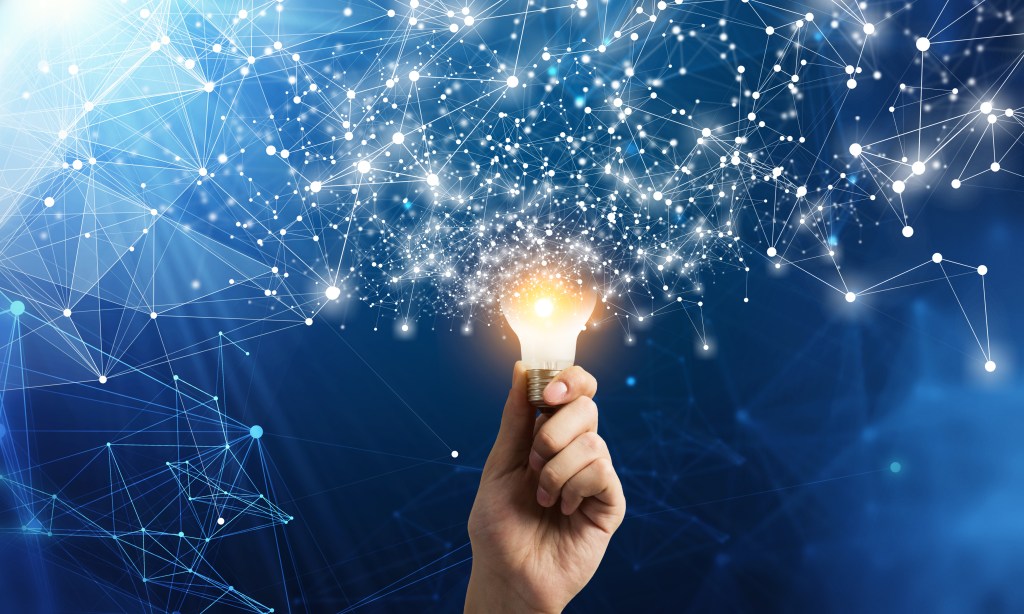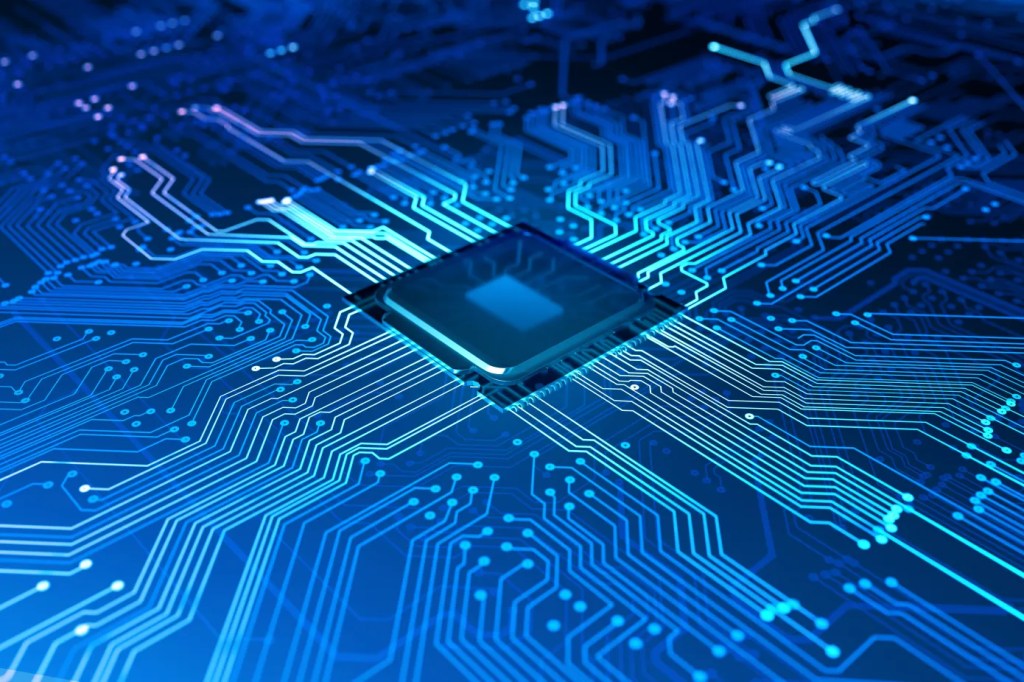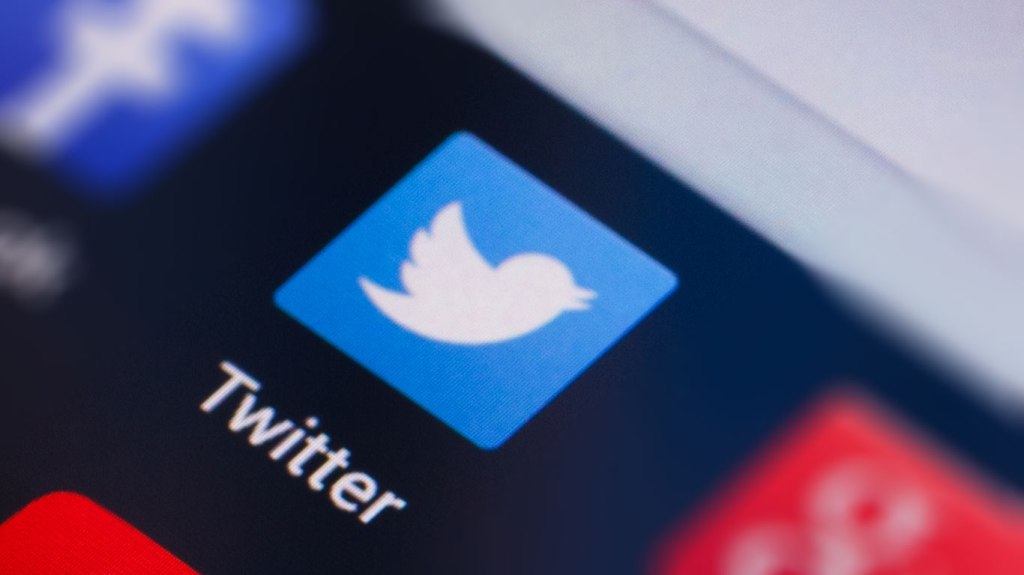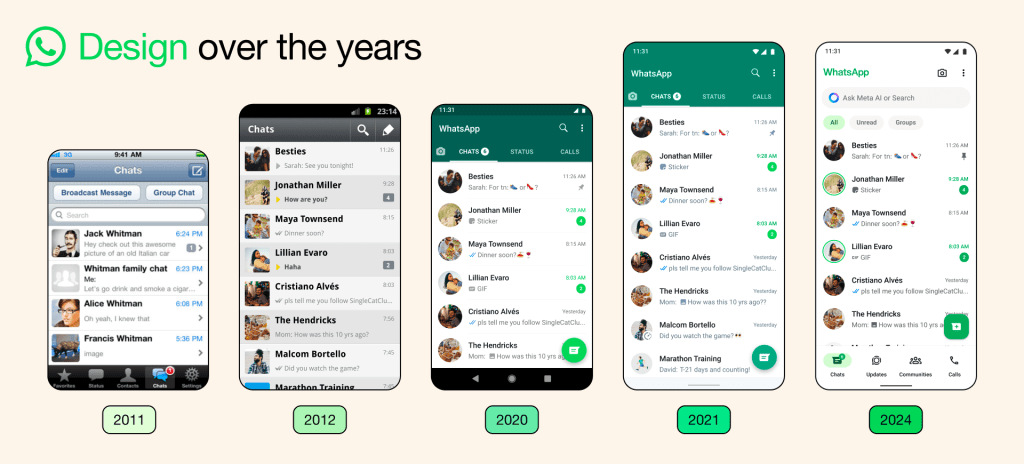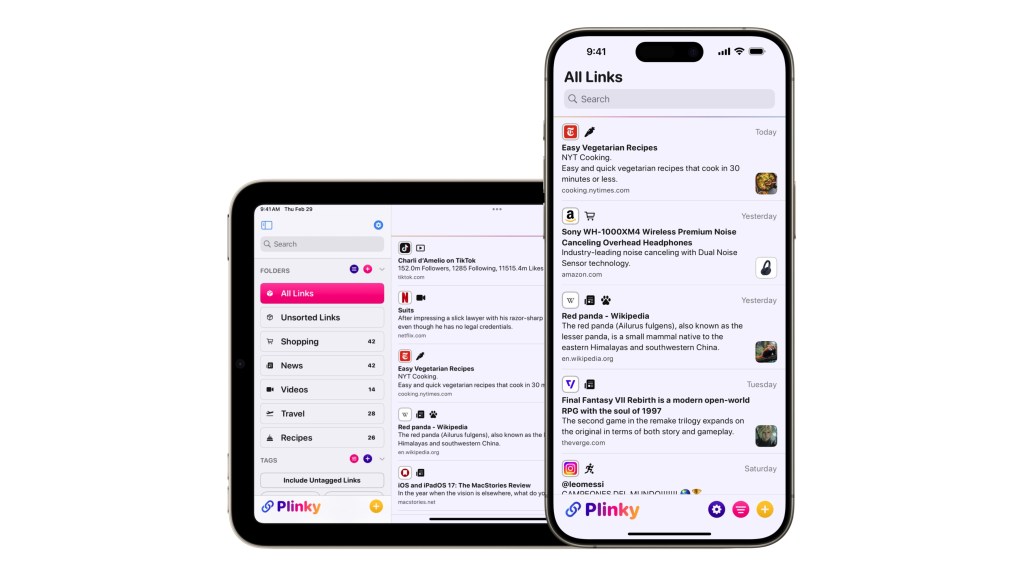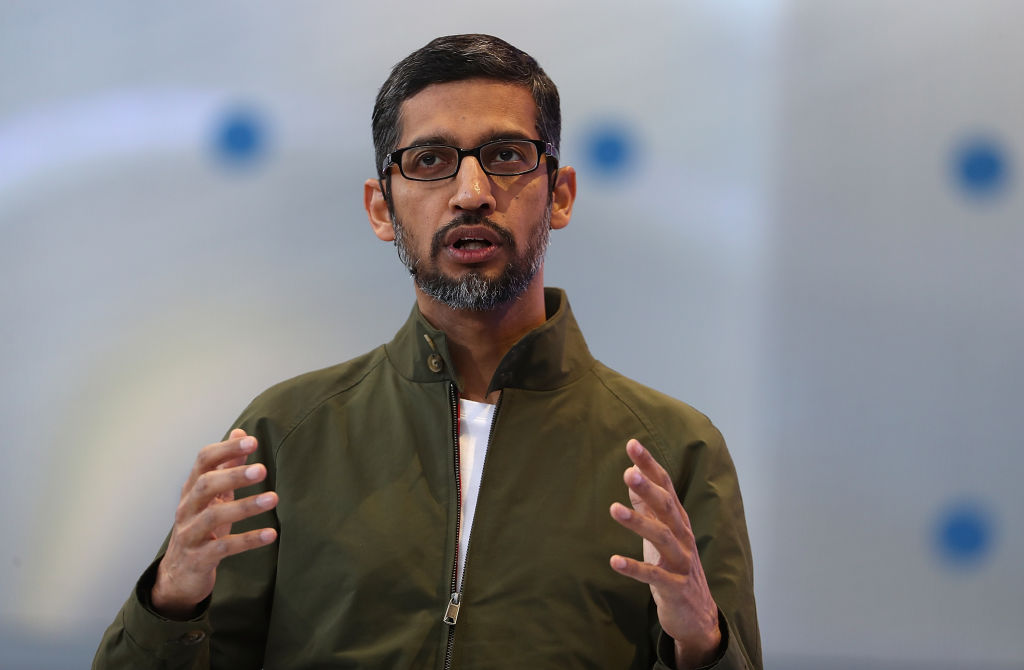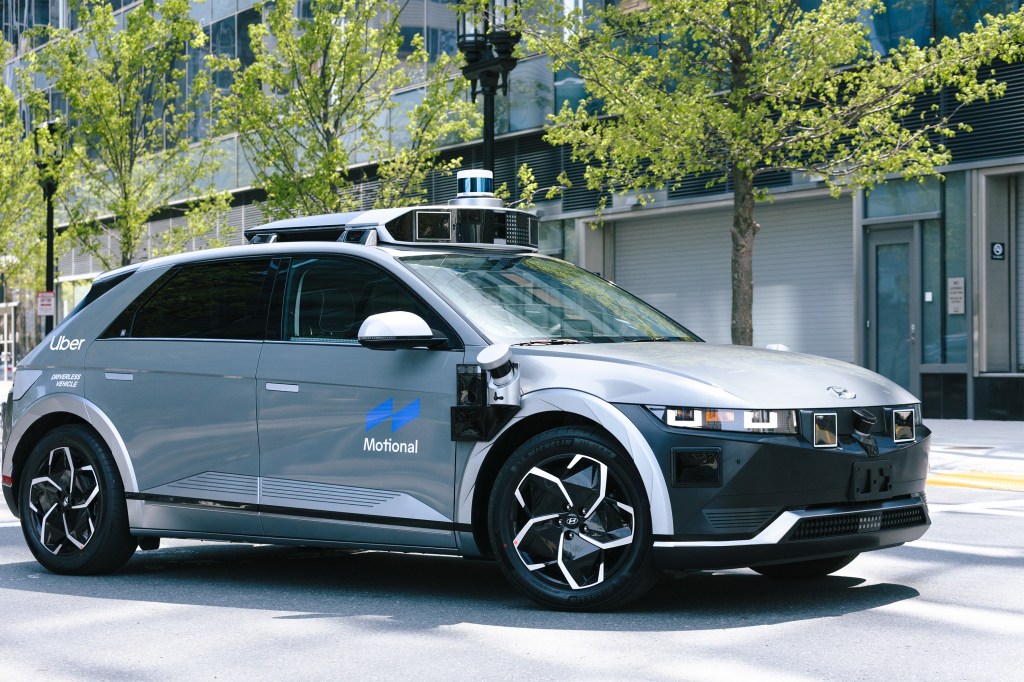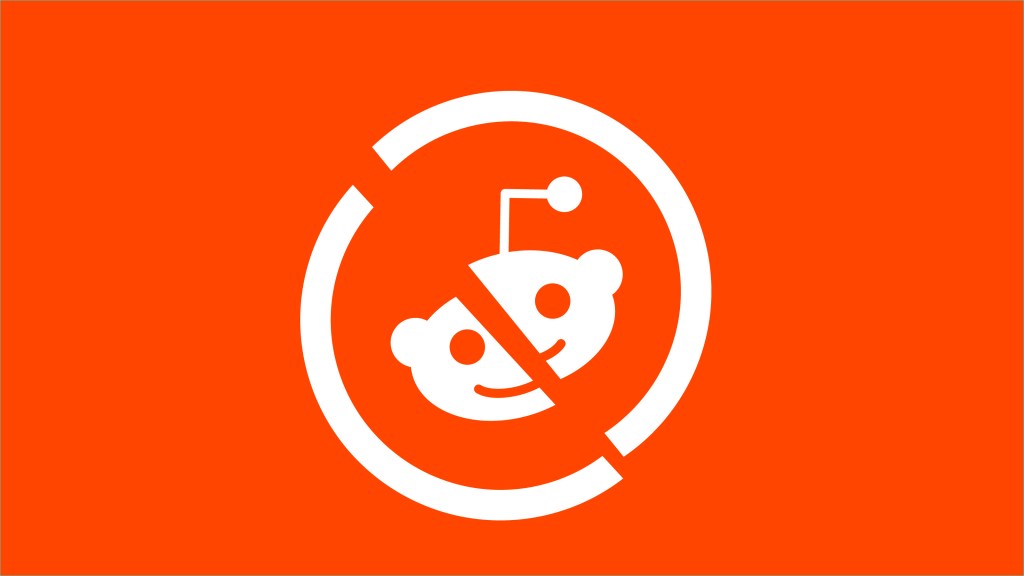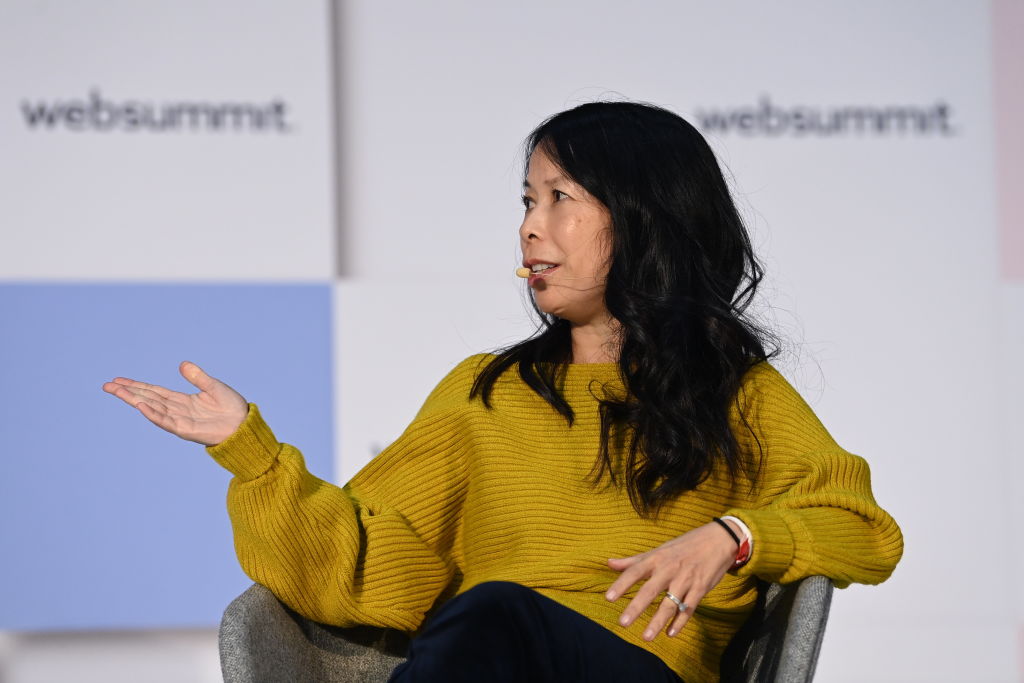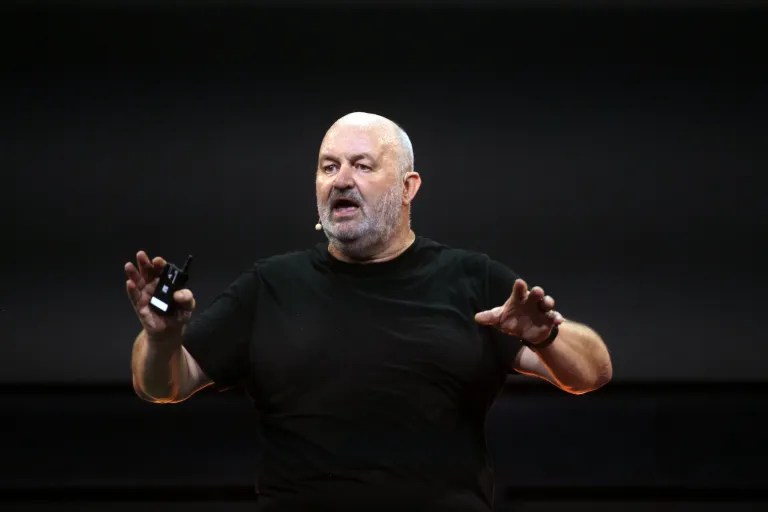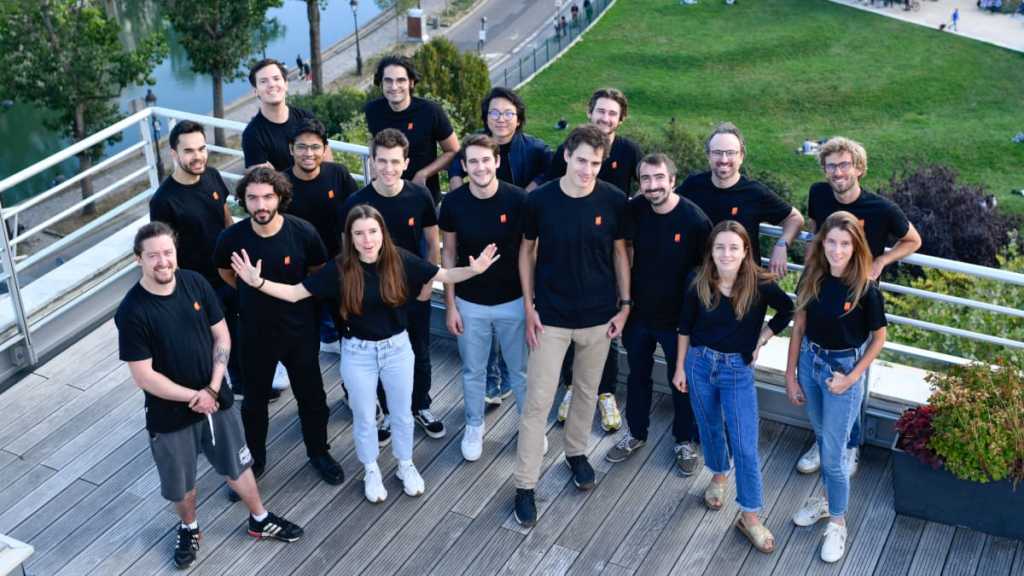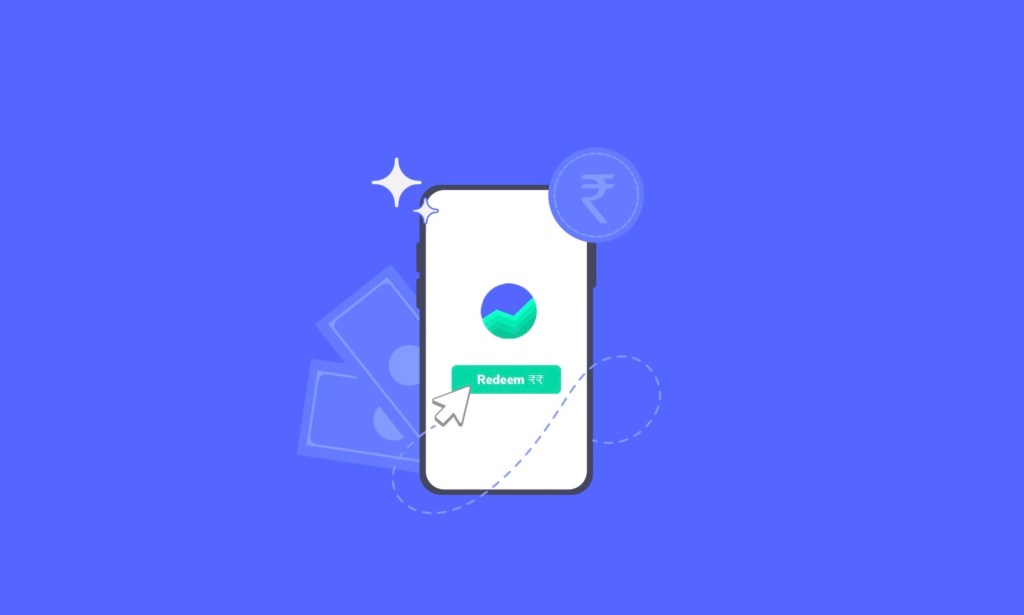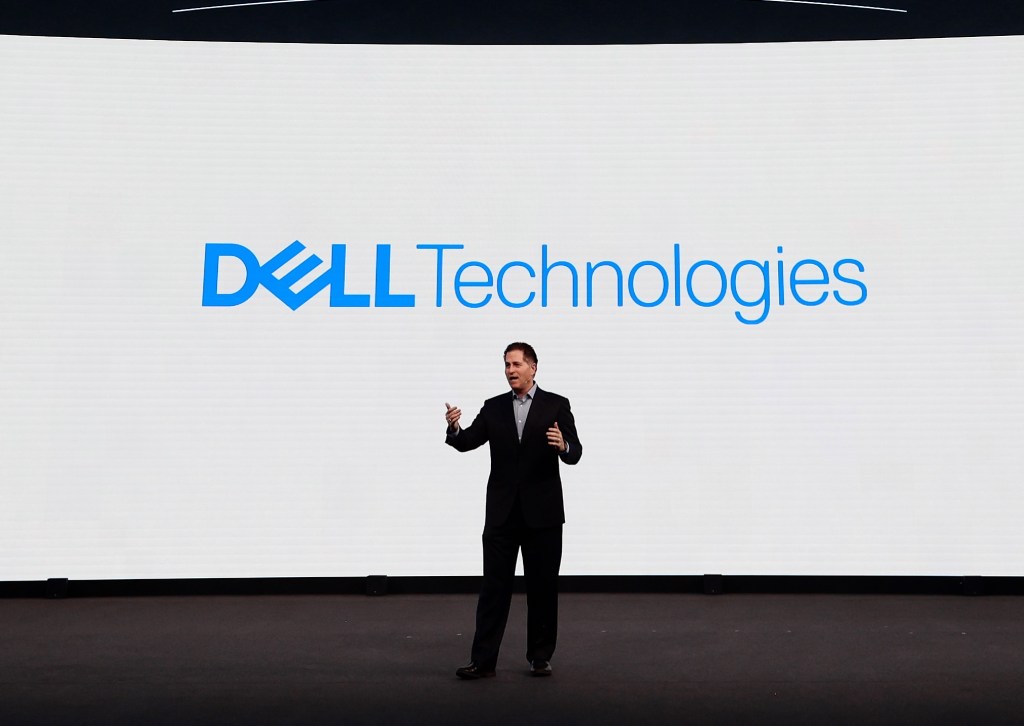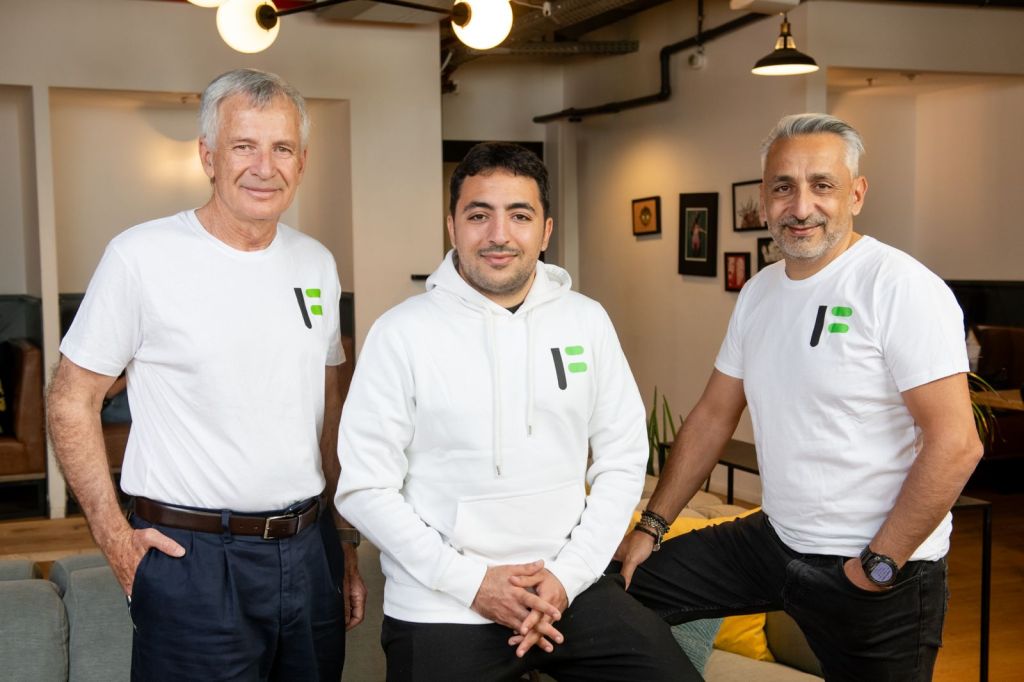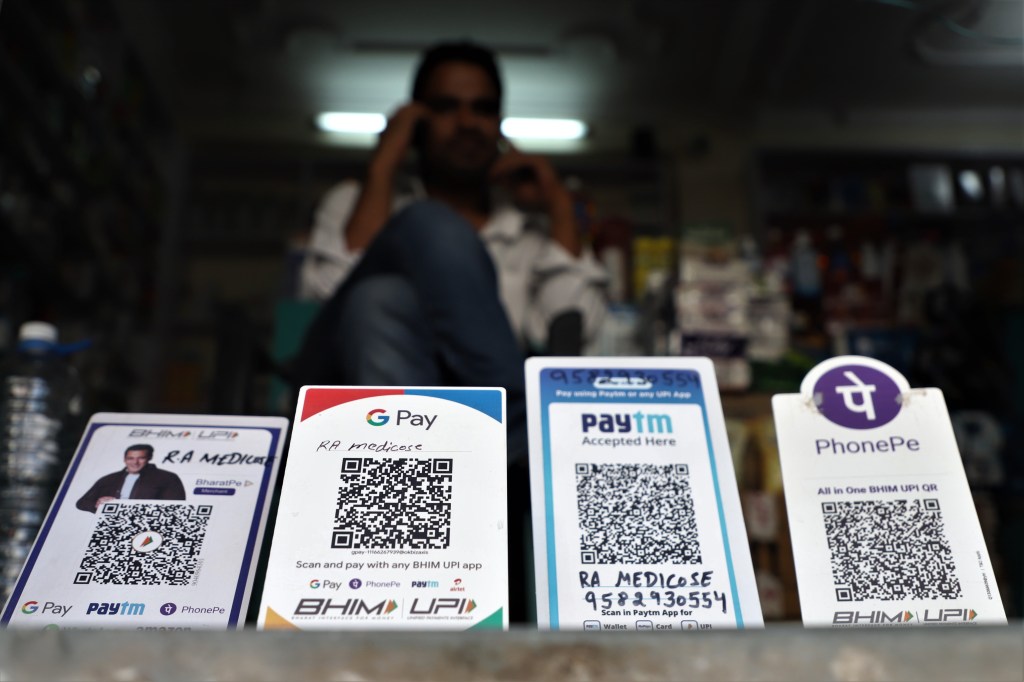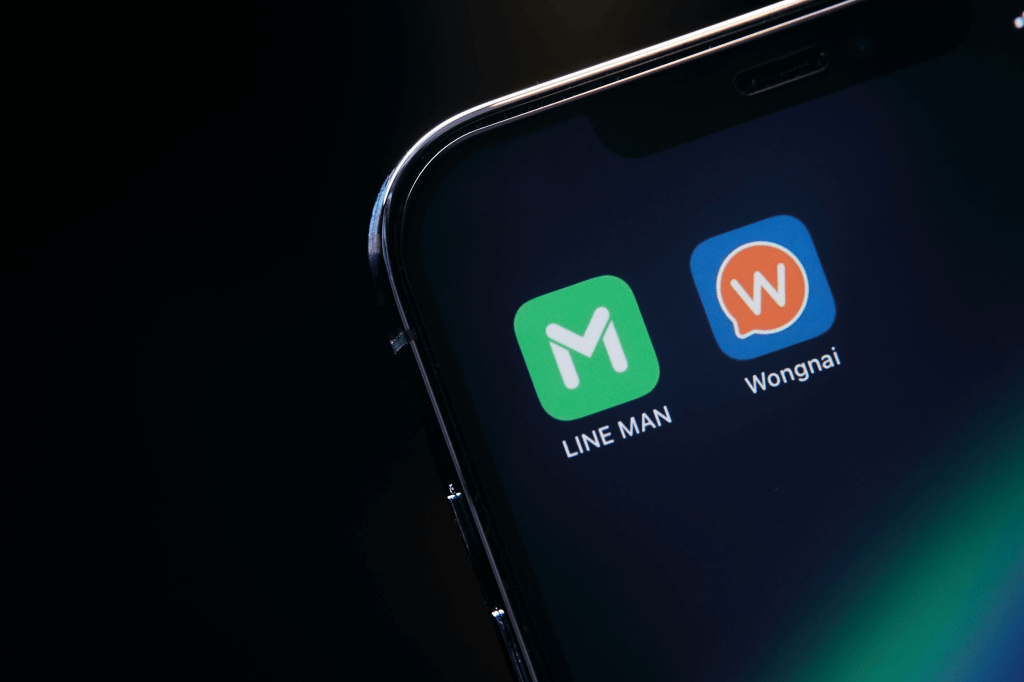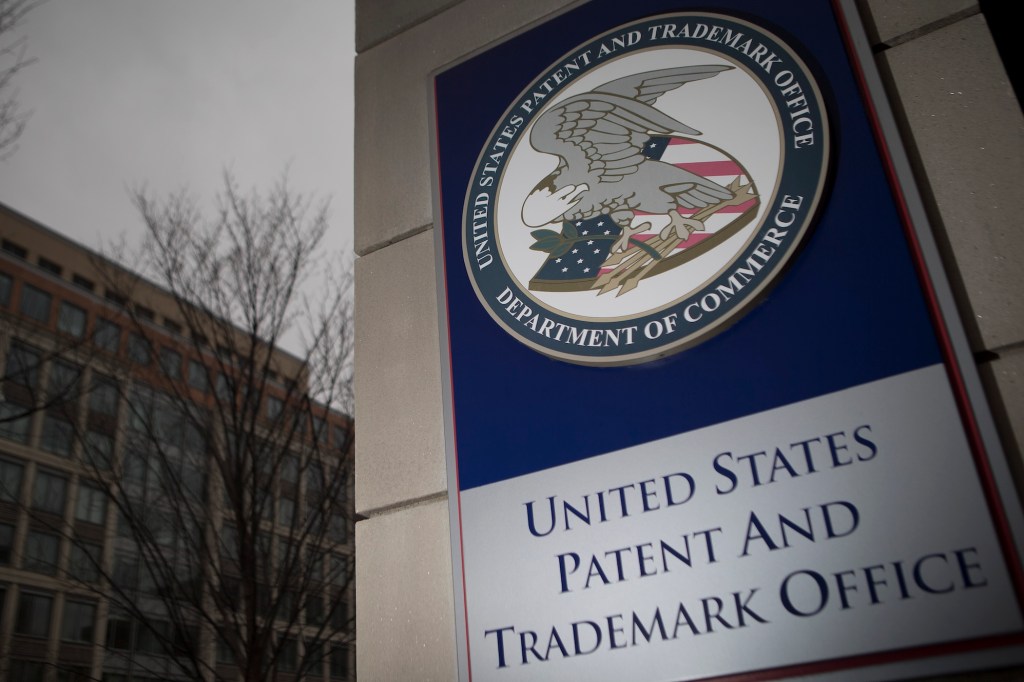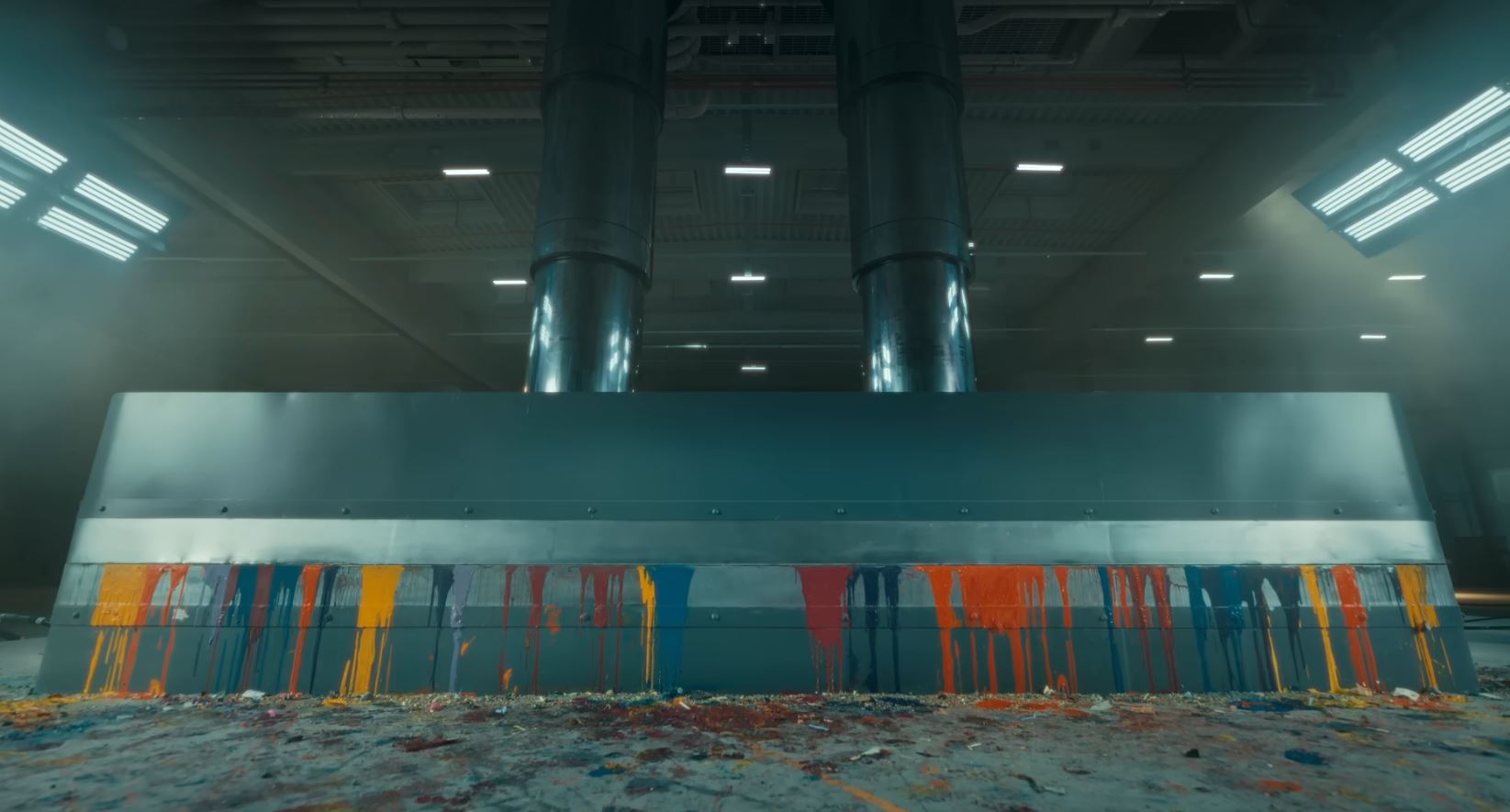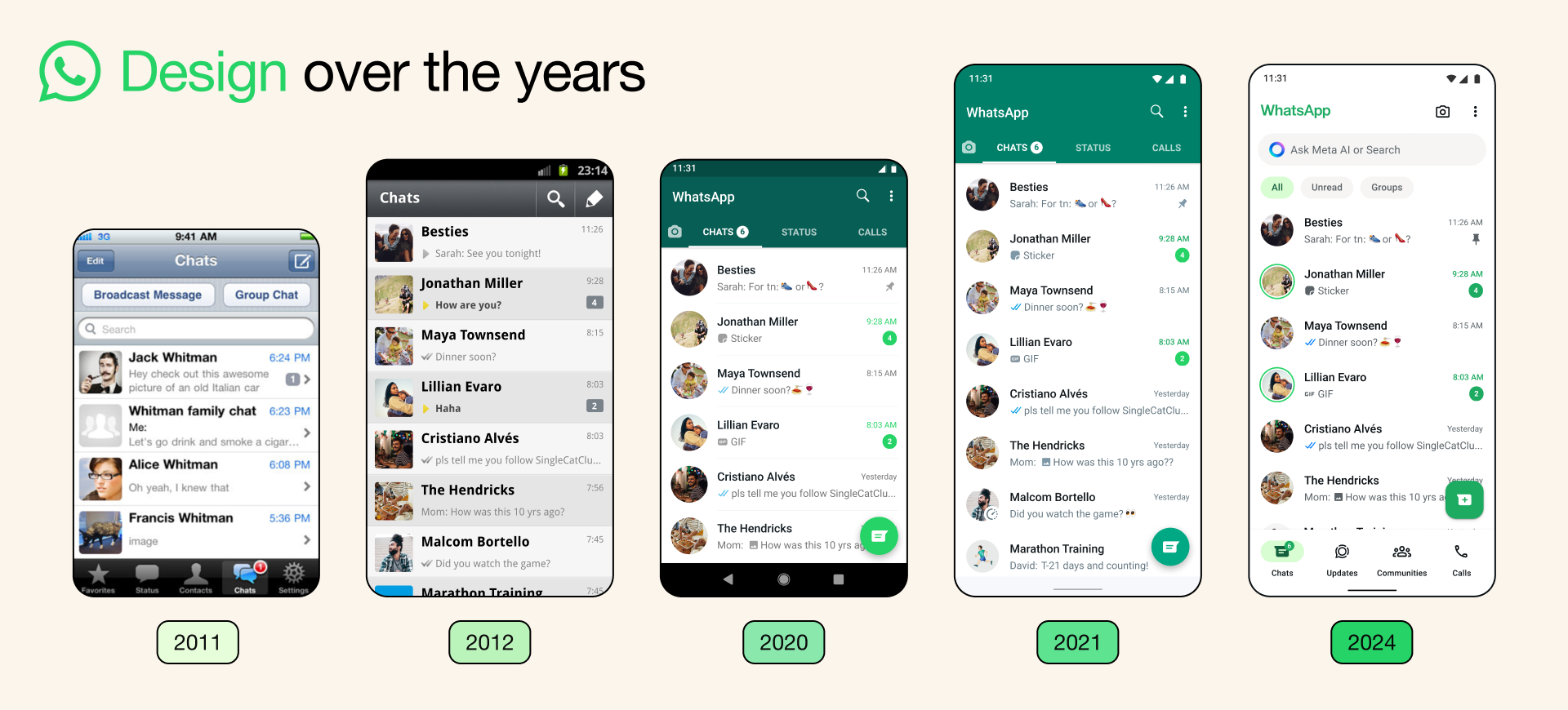By Elliot Sedegah, Director of Strategy and Product Marketing, Adobe Experience Manager
In today’s digital-first economy, there’s a perception that artificial intelligence (“AI”) and automation can hamper creativity. By introducing automation and software into various processes — whether it’s speeding manufacturing or generating effective marketing campaigns — new ideas and innovation can potentially wither.
But in reality, nothing could be further from the truth. While we’ve made great strides in leveraging AI to aid in the creative process, machines ultimately can’t think or feel, and need coaching from humans. However, the ability to add rocket fuel to great ideas by relying on AI and machine learning to automate workflows can take an organization to new and bold places, allowing them to focus their time and resources on crafting and delivering exception customer experiences.
Free of mundane and often repetitive tasks, humans suddenly have the mental space and physical bandwidth to think in broader and deeper ways. They can do what humans do best: connect dots and innovate.
Nurturing a creative space
In the business world, the link between automation and creativity is attracting plenty of attention. Forrester principal analyst Diego Lo Guidice points out that AI augments human creativity in ways that aren’t immediately obvious. “It will do more than just free workers up to be more creative (that’s the basic expectation of AI); it will also help us think differently,” he wrote in a recent blog post.
This concept is at the center of innovation — and organizational transformation. For example, most creatives wouldn’t consider cropping and resizing photos a creative task. Nor would they consider resizing and reformatting images and text for different devices and or digital channels a creative act. Free of these tasks, they can imagine and create.
AI can help crumple organizational silos, connect talent across organizations and introduce new collaborative structures that connect business processes, allowing for business leaders to take full inventory of their customer experience strategy. All of this can translate into bold campaigns, new types of apps and services, and customers rethinking what the brand means to them. The common denominator is that AI-enabled organizations have a framework that allows the enterprise to personalize and scale initiatives quickly while paring inefficiencies that frequently drag down creativity and undermine results.
A new model emerges
As organizations attempt to navigate AI and automation and put them to work, a starting point is to embrace the fundamental concept of creativity — and understand what it really means for creating and delivering compelling customer experiences. Although this may sound like something out of a business 101 textbook, it’s amazing to see how frequently organizations — and particularly marketing departments — treat creativity as nothing more than a commodity.
Too often, marketing frameworks revolve entirely around tasks and workflows. As a toss-it-over-the-fence mentality becomes entrenched in the organizational psyche, creative teams wind up feeling stifled and marginalized. They sink time and energy into repetitive tasks that machines can do as well — and sometimes better. In the end, great ideas never have the opportunity to take root and even the most successful ideas can languish.
Alas, the joy of creating compelling images or telling great stories winds up lost — and a campaign manages to miss the mark. Making matters worse, as the creative engine sputters, inspiration withers further. The result of this death spiral is empty automation that raises the signal-to-noise ratio for customers. They wind up wading through drab designs, poor interfaces and off-target messaging that do little to build brand affinity. Ultimately, when consumers feel that their experience with a brand is less than satisfactory, they walk away and never return.
How to put AI and automation to work
Harnessing creativity and turning it into real-world results doesn’t have to become a trip down the rabbit hole. There are clear ways to raise your organization’s creative IQ — and better connect to customers by tapping into AI.
For example, AI and automation can combine, remix and reuse creative assets intelligently based on customer data about their preferences. It can deliver the right message at the right time, and under the right set of conditions. It can’t create the message without human input — and any attempt to do so will likely be clumsy, if not laughable. But it can transform words, photos, illustrations and more to match different personas and market segments.
Within this model, humans have the time and space to create stories and design compelling experiences. They can generate foundational creative assets that an AI system can adapt to specific circumstances and conditions. Machine learning can continually improve and optimize results. Then, when an organization plugs in the right data, it’s possible to optimize the entire loop and produce the best possible results.
How can an organization scale AI and automation effectively — while maximizing creativity? At the heart of the concept is establishing leadership that can tie groups together while orienting technology, business processes and thinking in ways that push creative RPMs to the limit. Ultimately, everyone must be speaking the same language, using the same pathways and relying on the same musical score. Done effectively, this creates a force multiplier.
It’s also vital to establish workflows and business processes that optimize creativity and make it possible for groups to work together efficiently. This also means providing employees with time and space to exercise their creative muscles. The final piece of the puzzle is technology that uncorks creativity and then taps it through an AI and automation framework that copies, remixes and reinvents it, allowing the organization to scale their creative endeavors. This includes a project media library for managing and distributing assets, data analytics, machine learning and the right design tools.
Suddenly, it’s possible to sync teams, content and ideas in ways that would have been unimaginable in the past.
Embracing a more creative future
The takeaway for business leaders is that the right combination of systems and processes can transform everything from content production to consumption. This framework turns AI and automation into an institutional ally that transforms and even disrupts a company — and sometimes an entire marketplace.
The net effect is the ability to democratize content, adapt it to the right format and situation and deliver it in the most personal and contextual way possible. Just as a coffee maker doesn’t interfere with the ingredients you put in your morning coffee and how creatively you package it (whipped cream and cinnamon on top, anyone?), AI and automation don’t undermine creatively, they can actually enhance it.
However, there’s yet another reason to embrace AI and automation. When people work in a creative environment, they’re generally happier and a lot less likely to look for another job. It’s no secret that the pandemic has changed perceptions about work — and fueled higher levels of resignations. When organizations unleash creativity and introduce new efficiencies, they create a positive updraft that makes a real impact on the business and its customers.
